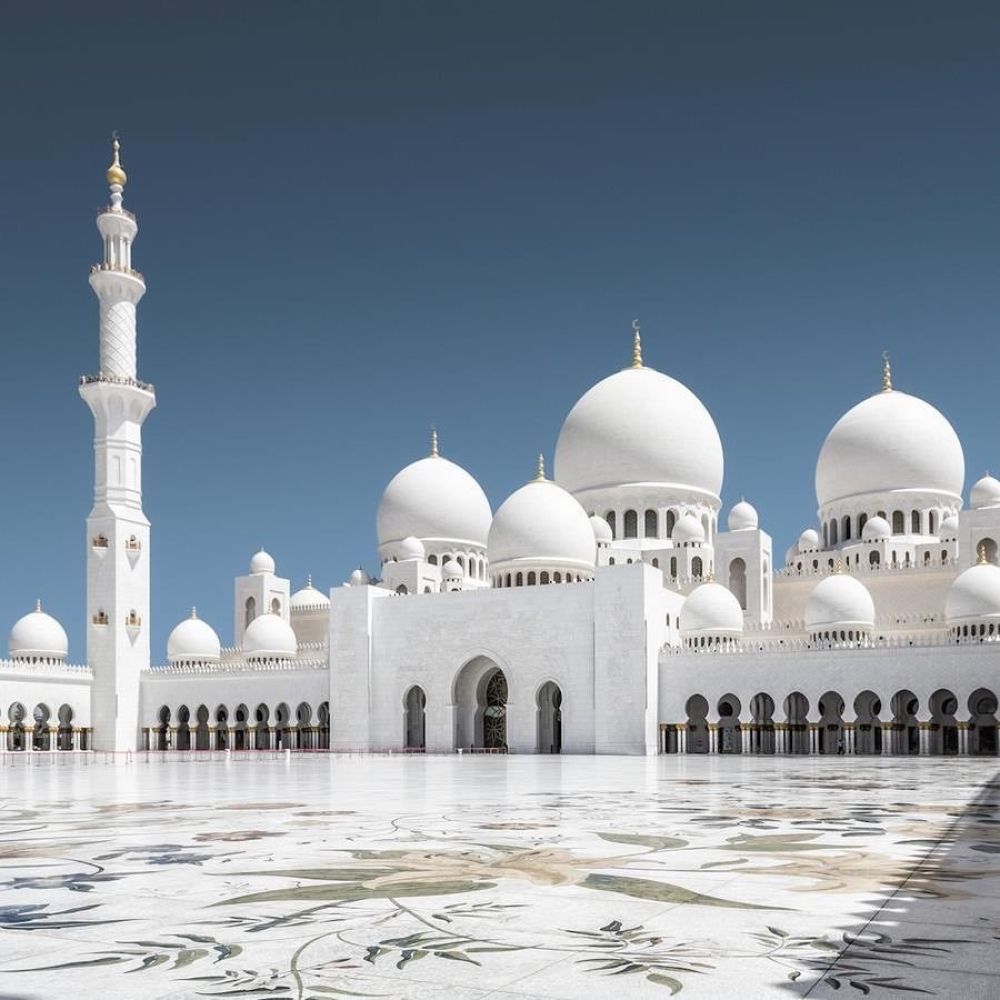

The White Mosque, also known as al-Abiad, holds a significant place in the history of Nazareth's Islamic community. It is considered the oldest mosque in the city and is situated in the heart of the old market in Nazareth, within the close proximity of the Basilica of the Annunciation.
The foundation of the White Mosque can be traced back to the 18th century, attributed to the Zahir al-Umar era, who was the autonomous Arab ruler of the Galilee. The actual construction of the mosque was completed later by his successor, Suleiman Pasha al-Adil. Since its establishment, it has played a central role in the daily lives of the local Muslim population for worship and community events.
While Nazareth is predominantly known for its Christian pilgrimage sites, the White Mosque has historically been an attraction for those interested in the religious and cultural diversity of the region. Tourists have been drawn to its serene ambiance, the beautiful Ottoman architecture, and the tranquil courtyard. Throughout the years, it has remained an emblem of coexistence in a city revered by multiple faiths.
Guided tours have long been available for visitors interested in experiencing the architectural beauty and learning about the Islamic heritage of Nazareth. The White Mosque, with its simple exterior and beautifully adorned interior, invites a diverse array of tourists.
In recent times, there has been a trend towards fostering intercultural and interfaith dialogue through tourism. The White Mosque has incorporated this into its visitor engagement strategy, ensuring that it is not only a site of religious significance but also a place of learning and understanding among different cultures and religions.
With the rise in responsible and sustainable tourism, places like the White Mosque are emphasizing visits that are respectful of the site's religious function and cultural importance. There has also been an increase in the demand for authentic and experiential travel experiences, prompting the mosque to offer immersive tours that allow deeper insights into the Islamic way of life in Nazareth.
Digital advancements in tourism have enabled greater visibility for historical sites like the White Mosque through virtual tours and online information portals. This has allowed global access to those unable to visit in person, widening the educational outreach of Nazareth's lesser-known attractions.
When planning a visit to the White Mosque, tourists should note that appropriate attire is recommended to respect the sanctity of the place. Also, it's advisable to check for visitor's hours, especially during the holy month of Ramadan and other religious occasions when the mosque could be closed to tourists.
The inclusion of the White Mosque in the visit to Nazareth provides a comprehensive look at the religious tapestry of the city and contributes to a respectful appreciation of its Islamic heritage. Its ongoing presence in Nazareth's tourism landscape illustrates the city's multifaceted historical and cultural identity.